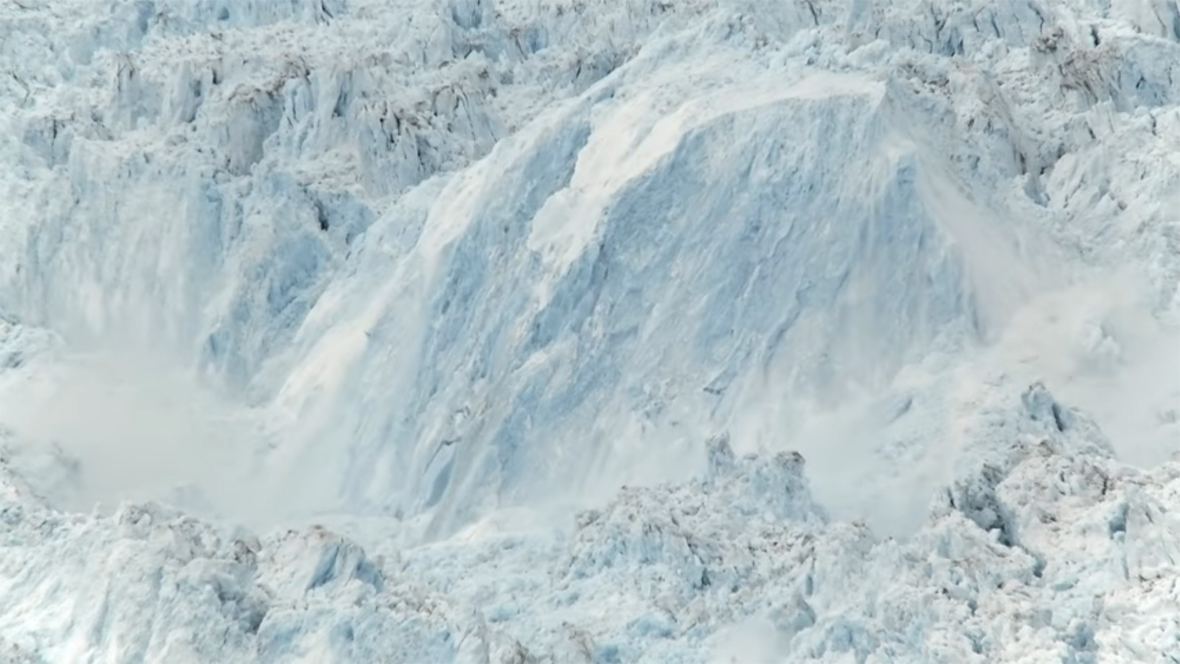Canadian satellite imagery helps measure glaciers' ice loss
Project Name: Investigating the use of Interferometric Synthetic Aperture Radar (InSAR) for Quantifying Estimates of Calving from Polar Glaciers in Canada's Arctic
Description: The icecaps and glaciers of the Canadian Arctic Archipelago represent an important freshwater resource, which is believed to be contributing excessively to rising sea levels. While estimation of glacier melt has improved in recent years, it is still unknown how much dry calving contributes to overall mass loss from Arctic glaciers. This project aims to address this knowledge gap by developing a method to quantify ice loss due to dry calving. The techniques developed from this project could potentially form the basis for a long-term monitoring service offering detailed information on ice melt patterns in this region and providing insight on the associated contribution to increased sea levels.
University: University of Calgary – (Calgary, Alberta) / Scientist: Dr. Brian Moorman
What is calving?
Glaciers are a huge mass of many years of snow, ice, rock, sediment, and water. They are massive, powerful wild sculptures originating on land yet in constant movement ue to their own weight and gravity. Calving is the natural process through which glaciers lose mass. The calving process begins when a rift opens in the edge of a glacier, caused by wind or water erosion, melting ice or other events that cause the glacier to become unstable like movement. This crack in the ice ultimately causes a block to break away from the land; this sudden release of a mass of ice (largest observed being the size of Manhattan) from the glacier is often accompanied by a loud cracking sound. As the block of ice falls into the water it causes large and hazardous waves, generating a new iceberg floating away.
What is dry calving?
Dry calving is a process similar to iceberg calving except that the ice block falls on the ground instead of smashing into the water. Interestingly, it has been observed that chunks of ice melt more rapidly when they fall on the ground rather than in the water. Dry calving can be a common process at the terminus of Arctic glaciers, but we currently know little about the exact mechanisms that control it and whether they are changing in a warming climate. Understanding that glacier meltwater eventually makes its way to the ocean, where it can affect global sea level, it is therefore important to improve our understanding of the dry calving process.
"Chasing Ice" captures largest glacier calving ever filmed

YouTube Video - On , Adam LeWinter and Director Jeff Orlowski filmed a historic breakup at the Ilulissat Glacier in Western Greenland. The calving event lasted for 75 minutes and the glacier retreated 1.6 km across a calving face of 4.8 km wide. The height of the ice is about 900 meters, 100 meters above water and the rest below water.
